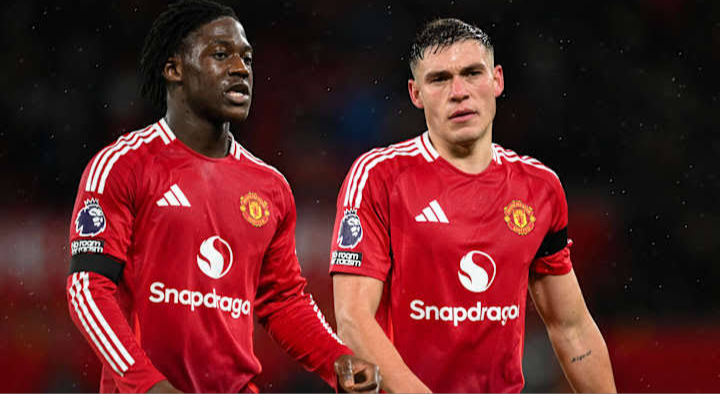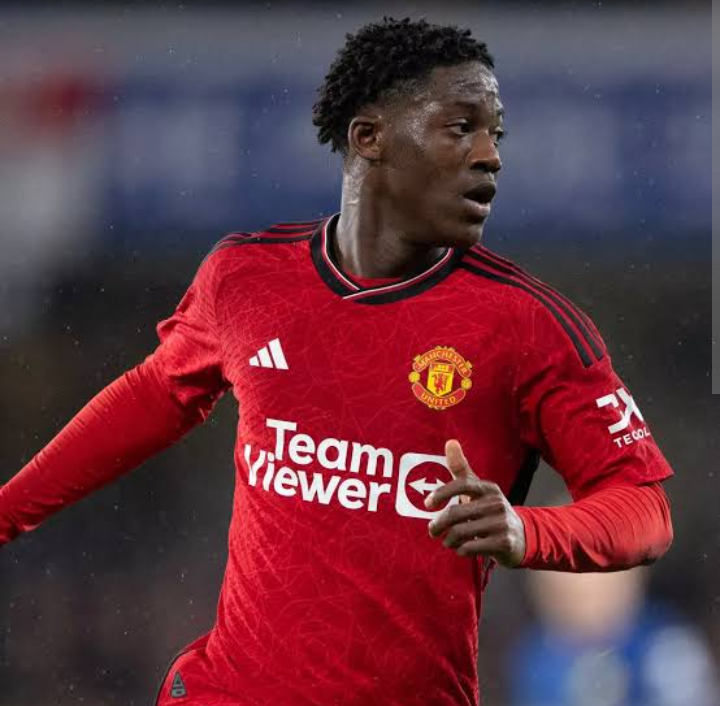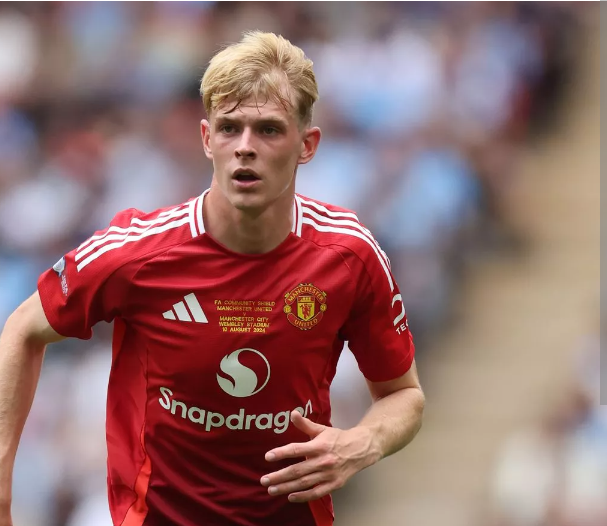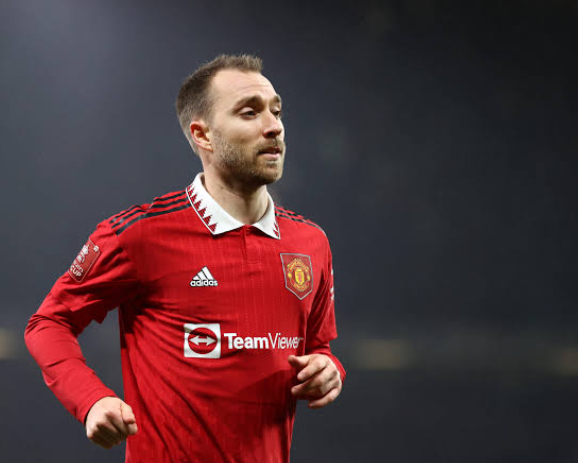Understanding Manchester United’s Defensive Midfield Options

Manchester United’s midfield is filled with talent, yet the challenge lies in deploying the right combinations. Modern football categorizes defensive midfielders into distinct archetypes based on their roles and playing styles. Identifying these profiles within United’s squad can help create the right balance in the middle of the park.
Currently, four key types of defensive midfielders exist in modern football:
1. Destroyers
Ball winners focused on defensive solidity.
2. Anchors
Tempo controllers who dictate play from deep.
3. Shuttlers
High-energy midfielders who cover large areas.
4. Quarterbacks
Deep-lying playmakers who influence the game.
At United, three of these archetypes are present in the first team, while the fourth exists in the club’s academy. Understanding their strengths and weaknesses is crucial for forming effective midfield partnerships.
The Four Archetypes of Defensive Midfielders at United

1. Destroyers (Ball-Winners) – Manuel Ugarte

Destroyers are midfielders who specialize in breaking up opposition attacks and shielding the defense. Their primary strength lies in their ability to regain possession through tackles and interceptions. However, they often lack mobility and creative passing ability, meaning they are best paired with a more progressive midfielder.
These players are particularly useful against teams that rely on central buildup, as they can be assigned to man-mark key opposition playmakers. Examples of elite destroyers include Casemiro (in his prime), Gennaro Gattuso, and Claude Makélélé.
2. Anchors (Tempo Controllers) – Kobbie Mainoo

Anchors play a pivotal role in controlling the rhythm of the game. They possess exceptional passing ability, both short and long, and use their vision to dictate the flow of play. Anchors aren’t necessarily defensive specialists, but their positioning helps prevent counterattacks.
Mainoo is a perfect example of this role at United. His style resembles that of Michael Carrick, Sergio Busquets, or Rodri—players who orchestrate from deep without necessarily being physical ball-winners.
3. Shuttlers (Space-Eaters) – Toby Collyer

Shuttlers are a rare but valuable type of midfielder known for their endurance, defensive contribution, and ability to cover large spaces. They excel in pressing systems, transition phases, and box-to-box movement.
These midfielders are crucial for high-intensity teams that require defensive support across the entire pitch. Players like N’Golo Kanté, Declan Rice, and Amadou Onana fit this mold. Toby Collyer represents this archetype within United’s setup, offering relentless energy and ball-winning ability.
4. Quarterbacks (Deep-Lying Playmakers) – Jayce Fitzgerald & Christian Eriksen

Quarterbacks are often mistaken for Anchors, but they serve a slightly different purpose. While they control tempo, they also possess a more attacking mindset, contributing to offensive transitions and dictating play from deep. They serve as the link between defense and attack, often delivering line-breaking passes.
Christian Eriksen and academy prospect Jayce Fitzgerald embody this role. However, quarterbacks require defensive cover, as they do not specialize in shielding the backline. Players like Andrea Pirlo and Luka Modrić have excelled in this role in the past.
Building the Right Midfield Combinations

A well-balanced midfield must feature complementary partnerships that cover all aspects of play. Here’s how United can optimize their midfield pairings:
1. Destroyer + Quarterback (Best Combination for Defensive Solidity & Progression)
✅ Example: Ugarte x Eriksen
This pairing works because the Destroyer provides defensive coverage, allowing the Quarterback to focus on ball progression. Since Quarterbacks aren’t strong defensively, having a Destroyer alongside them ensures stability. Likewise, since Destroyers struggle with distribution, the Quarterback takes on playmaking duties.
A great example of this dynamic was the Casemiro-Toni Kroos partnership at Real Madrid. At United, Ugarte and Eriksen could replicate this synergy.
2. Anchor + Shuttler (Best Combination for Control & Energy)
✅ Example: Mainoo x Collyer
Anchors thrive when paired with Shuttlers because they provide the control, while the Shuttler provides mobility and defensive coverage. This combination ensures defensive security while maintaining high-intensity pressing and transitions.
A historic example would be the Busquets-Rakitic pairing at Barcelona or Rodri-Kovacic at Manchester City. Mainoo’s ability to dictate tempo, combined with Collyer’s work rate, could provide a similar balance for United.
The Risks of Poor Midfield Pairings
Not all combinations work well together. Here are some midfield setups that could cause problems:
❌ Destroyer + Shuttler (Lack of Creativity & Progression)
A Destroyer paired with a Shuttler would provide defensive stability but severely lack ball progression. Without a playmaker or tempo controller, United would struggle to build attacks.
❌ Quarterback + Anchor (Technically Good, Defensively Weak)
On paper, this looks like a balanced midfield due to the intelligence of both players, but in reality, it would lack defensive coverage. A pairing of Eriksen and Mainoo, for example, would struggle against high-pressing teams, leaving the defense exposed.
A prime example of this mistake occurred in United’s match against Newcastle this season, where Eriksen and Casemiro (both acting as Quarterbacks) were overrun by Newcastle’s aggressive midfield.
Final Thoughts: Getting the Midfield Right is Key to Success
Manchester United’s midfield has the potential to be world-class, but getting the combinations right is essential. Amorim must ensure that each midfield duo is well-balanced, with defensive security, ball progression, and work rate all accounted for.
A strong midfield is the foundation of any successful team. If United can find the right partnerships, they will be far more successful in both domestic and European competitions.
What do you think of these combinations? Let us know in the comments below!


